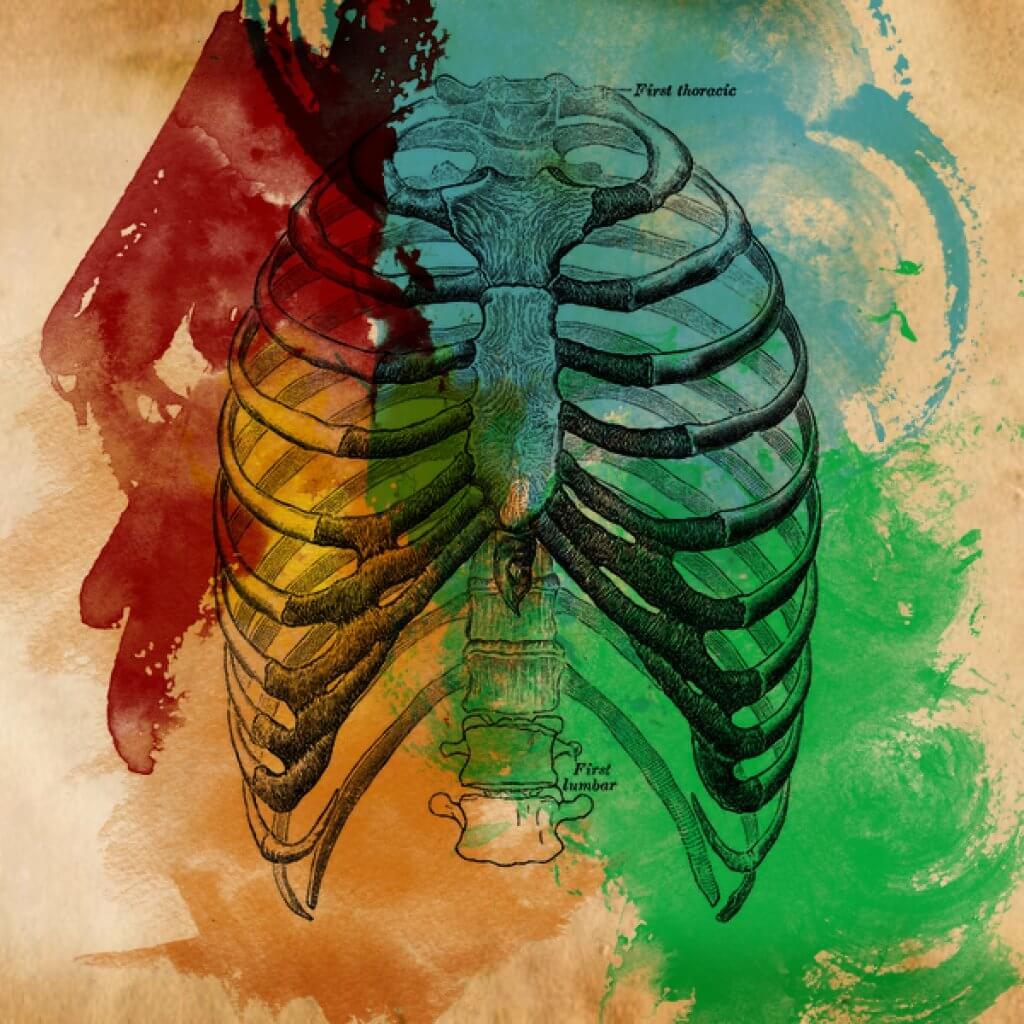The Dreaded Side Stitch: How to Deal with It for Good

We’ve all been there. You win the mental battle of gearing up and getting out the door for a run, just to be stopped dead in your tracks by a side stitch. Possibly one of the most frustrating obstacles that runners, and especially beginner runners, face, side stitches are no laughing matter. But take heart. There is plenty that you can do in order to both avoid and deal with this thorn in us runners’ flesh.
Read also about best running shoe for beginners.

So what exactly is a side stitch and why do you get it when you run? A side stitch, otherwise known as exercise-related transient abdominal pain (ETAP), is a sharp pain that occurs on either side of the body, just below the ribcage. This pain is normally associated with activities like running, fast walking and horse riding and is often so intense that it causes the athlete to cease activity in order to recover. Scientists are, however, not yet in complete agreement on what exactly causes a side stitch. Possible explanations include stress on the diaphragm caused by the jolting of the ligaments that support organs such as the stomach, spleen and liver; cramping of the diaphragm as a result of ischemia; and irritation of the parietal peritoneum.

But what does all of this mean to you? Is there a way to avoid side stitches completely? The good news is that there is a whole list of precautionary measures that you can take in order to lessen the chances of a side stitch occurring. These include:
Watch what you eat before a run
What and when you eat and/or drink before a run may contribute to or worsen a side stitch. First of all, heading out for a run right after eating appears to increase the chances of a stitch occurring. This is made even worse by eating high-fat foods or foods with a high sugar concentration before a run. Running on a full stomach, i.e. consuming too much food before a run, may also be a contributing factor.

However, tackling a long run without fueling beforehand may also not be the wisest thing to do. So find that mid point that works for you. Give your body time to digest your pre-run fuel before heading out, and opt for some healthy, natural options instead of fatty, sugar laden foodstuffs. And last, but not least, fuel in moderation.
Gradually increase exercise intensity and duration
Another very important factor in keeping side stitches at bay, is slowly increasing your running intensity and duration when first starting out or returning from injury. Give your body the opportunity to gradually adapt to the rigors of training. Increasing either the duration or intensity of your runs too soon can lead to frustrating stitches, or, even worse, injury. So have the discipline to ease into it.
And the same goes for each individual training session: Warm up properly and don’t rush into it. Take a brisk two to three minute walk and add some skips, butt-kicks and bounds before heading off on your run.
Watch your posture and build a strong core

A weak core and poor posture can also contribute to the occurrence of side stitches. So be sure to work on both your core and posture in addition to your running regime – it might just be your key to stitch-free running.
But what if you implement all of these recommendations and still get a stitch on your run? Then manage it with one or a combination of the following tips and tricks:
Watch your breathing
Try to settle into a steady rhythm as soon as possible on your run. Focus on exhaling during the foot strike that is on the opposite side of where your side stitches usually occur. Breathe deeply and remember to watch your posture. Don’t hunch!
Use your hand
Some runners find that pressing firmly into the affected area with their hand while exhaling deeply also helps to ease up a stitch. Try this a few times while running.
Stop and stretch
If breathing through and pressing onto a stitch isn’t effective, then stop for a quick moment. Take a deep breath and stretch both arms into the air, and then bend over at the waist to the opposite side of where the stitch is occurring. This should allow you to recover enough to slowly start jogging again. Repeat if necessary.

Relax
It’s so easy to get all tensed up and become so fixated on the possibility of a side stitch occurring that we start dreading or even skipping runs. But don’t. Get the basics right, i.e. fueling, gradual load increase, posture and core strength, and steady breathing. And once you’ve taken care of that, forget about the rest and just focus on the joy of running. Experiment with the recommendations given above until you find a strategy that works for you. And, most importantly: Don’t give up. There will come a day when dreaded stitches are mostly a thing of the past. Really!
Latest Articles
 Is Running on a Treadmill Easier Than Running Outside?Runners have their own preferences, whether it is treadmill running, running outside on the road, or exploring trails. So...
Is Running on a Treadmill Easier Than Running Outside?Runners have their own preferences, whether it is treadmill running, running outside on the road, or exploring trails. So... Is It OK to Use Trail Running Shoes on the Road?While trail running shoes can be used on roads, especially in situations where a runner encounters mixed terrains or pref...
Is It OK to Use Trail Running Shoes on the Road?While trail running shoes can be used on roads, especially in situations where a runner encounters mixed terrains or pref... How to Fix Sore Quads After Running?Rest, ice, gentle stretching, and over-the-counter pain relievers can help soothe sore quads after running. Also, ensure ...
How to Fix Sore Quads After Running?Rest, ice, gentle stretching, and over-the-counter pain relievers can help soothe sore quads after running. Also, ensure ... 10 Fruits With The Most Electrolytes to Replace Sports DrinksThese fruits are high in electrolytes such as potassium, magnesium, and calcium, essential for hydration, muscle function...
10 Fruits With The Most Electrolytes to Replace Sports DrinksThese fruits are high in electrolytes such as potassium, magnesium, and calcium, essential for hydration, muscle function...

